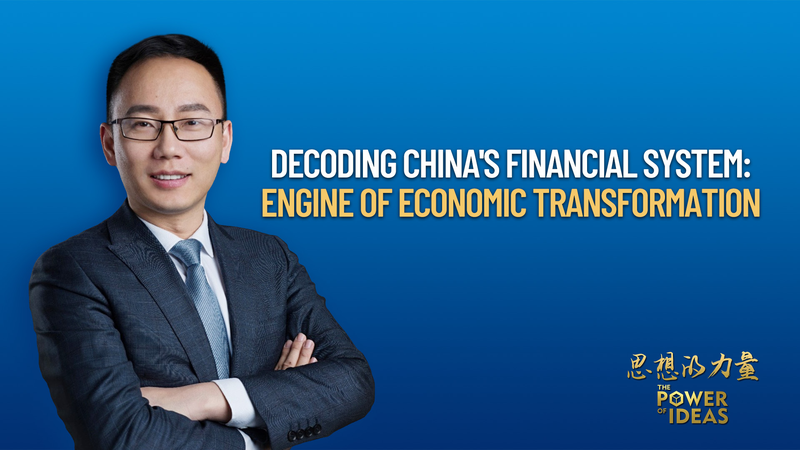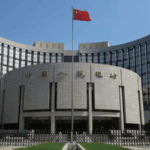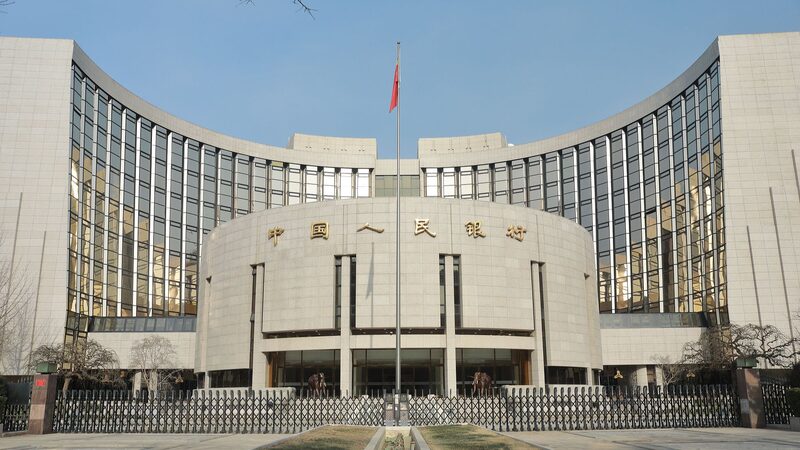As the Chinese economy continues to expand in 2025, its financial system remains central to sustaining growth while navigating global uncertainties. Professor He Ping, associate dean at Tsinghua University’s School of Economics and Management, explains how this complex mechanism balances innovation with stability.
Growth Through Strategic Capital Allocation
China’s state-owned banks and digital payment networks have enabled targeted lending to priority sectors like green energy and advanced manufacturing. "The system acts as both accelerator and stabilizer," says He, noting that 68% of this year’s new loans support strategic industries.
Risk Management in a Digital Age
With fintech adoption reaching 89% among urban residents, regulators are implementing AI-driven monitoring tools. He emphasizes: "Real-time data analysis allows proactive responses to systemic risks without stifling innovation."
Global Integration Challenges
As cross-border digital yuan trials expand to 23 countries, China’s financial institutions are redefining their global role. He observes: "2025 marks a turning point where domestic stability measures intersect with international market demands."
Reference(s):
Decoding China's financial system: engine of economic transformation
cgtn.com








